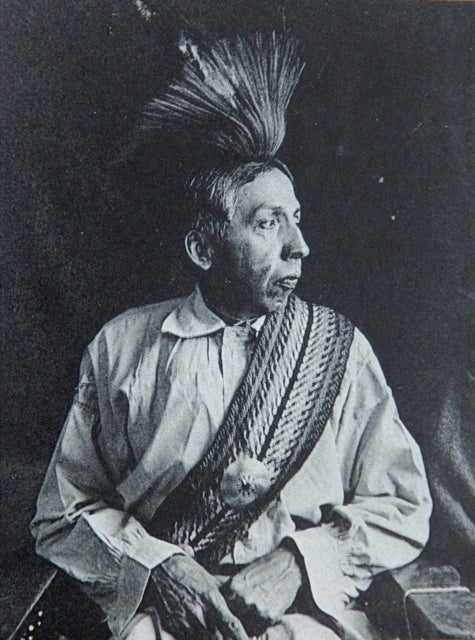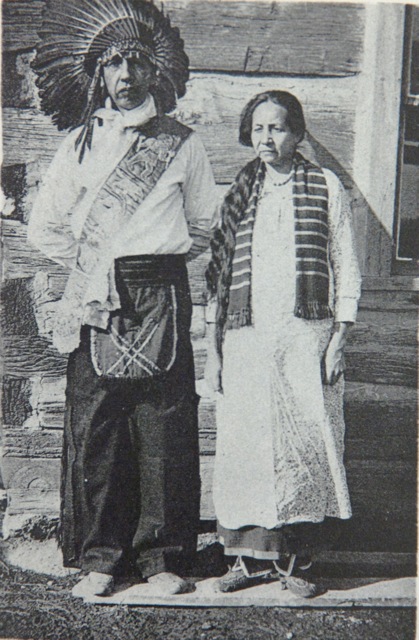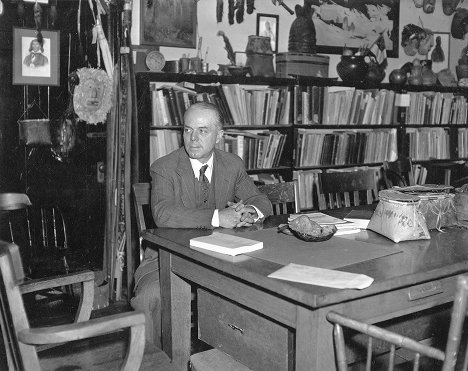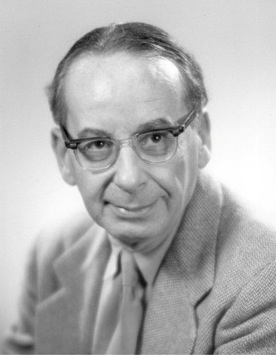Notes on the Collaboration with A Tribe Called Red

Earlier this year, I was perusing the Wayne and Wax blog, masterfully maintained by ethnomusicologist and DJ, Wayne Marshall. In one of his entries, he mentioned A Tribe Called Red (ATCR), a Native American DJ collective from Canada. I was immediately blown away by their original work, remixes, and video pieces. The piece “Electric Pow Wow Drum” was particularly impressive:
(I also highly recommend experiencing “Red Skin Girl” and “NDNs From All Directions”… try them full screen and loud!)
At the time I saw these videos, the editors of Ethnomusicology Review had been thinking a lot about how to extend the scope of the journal to include artistic musical statements, collaborative work, and publications that de-centered text as the primary mode of making an intellectual statement or academic argument. As an online journal, we had been struggling for a while to get people to wrap their minds around the idea of publishing scholarly work without text; we especially wanted (and still want) video essays and audio discourse, something deftly explored by our sister journal Mediascape. Inviting ATCR to collaborate seemed to address many of these concerns to the extent that the project could be collaborative, audio-centric, and give archival ethnomusicological field recordings a new life (one that likely would have been unimaginable by those involved in the creation of the field recordings).
After discussing it with the other editors, I contacted ATCR to see if they’d be at all interested in working with archival recordings. (Though they sample from a lot of Native American music, it’s usually from commercial recordings of drum groups.) I quickly heard back from DJ NDN (no real name given in the first email) saying they were very interested in this project. I quickly realized I might be out of my element… I’m not much of an electronic dance music scholar or fan (though I certainly enjoy it). I cluelessly wondered if my next email should be addressed as “Dear DJ” or “Dear Mr. NDN.” As someone who’s been ensconced in academia for longer than I can recall, monikers are a bit out of the ordinary for me. I hesitate to write all this, of course, because I know I sound like a square. I responded to the email (avoiding any formal salutation to “Mr. NDN”), explaining what I had in mind for the project, and sheepishly asking if he could “help me out” by clarifying who exactly is in the group. I sighed with relief at the response:
“Hey! Well I'm Ian Campeau aka Deejay NDN. I'm a founder and help in the music production as well as our live set. Bear Witness is a founder and the man behind all of our videos as well as helping with the music production. DJ Shub aka Dan General is the brain behind our music production and our live set. Both Bear and Dan are Cayugan (one upper and one's lower) from Six Nations. I'm Ojibway from Nipissing First Nations.”
After my initial uneasiness, things went smoothly and I began searching various archives for Cayuga or Ojibway recordings. I sent a list of catalog entries to Ian who distributed them to the group. The next reply said:
“Hey Nolan. The second Cayuga one is really exciting for us. Dan from the crew's last name is General! Both Bear and Dan are from 6 Nations reserve too! So cool.”
The recordings that caught their collective eye were from the Frank G. Speck collection at Indiana University’s Archives of Traditional Music. The recordings were made in 1933 and 1934 by Speck with the help of Cayuga chief Alexander J. General (Deskáheh). Their recordings and collaborative ethnographic work resulted in publications such as Midwinter Rites of the Cayuga Long House, originally published in 1949 by the University of Pennsylvania Press and (poorly) reprinted (apparently from a UMI Xerox copy) by the University of Nebraska Press in 1995.
Let me tell at least some of the history with these photos:

Figure 1: Alexander J. General (Deskáheh) in ceremonial clothing. General is likely the singer heard in the archival recording sampled by ATCR. He worked with anthropologist Frank G. Speck in the 1930s to document Cayuga ritual and culture.

Figure 2: The original caption from Speck’s Midwinter Rites states: “Chief Alexander J. General and his wife in formal Cayuga costume and pose. As civil chief representing the Young Bear Clan of the Cayuga Turtle Moiety, he holds the title and office of Deskáheh in the Six Nations Council.”

Figure 3: Frank G. Speck, seen here in his office at the University of Pennsylvania in 1937. In the introduction to the 1995 reprint of his Midwinter Rites, William N. Fenton said the following about Speck: “Of all of Franz Boas’s students… Speck was the most persistent fieldworker… No academic appointment, no learned gathering, no university function, took precedence over the visit of an Indian colleague, the summons to a tribal council, or the call to attend a ceremony. Though qualified in every respect, and learned in fields outside anthropology, Speck did not covet academic honors; he rather valued good opinions of his Indian friends and esteemed them as colleagues along with academicians.”
Speck’s view of “his Indian friends” as colleagues, on par with his non-Indian academic friends, resonates well with me and most people associated with this journal. After all, the artistic output of A Tribe Called Red, with its incisive social commentary that turns racist imagery on its head, has been at least as thought-provoking as any scholarly work I’ve read recently (and obviously makes some of the same points in a much more danceable manner). For further thoughts on this topic from ATCR, check out this video interview:

Figure 4: George Herzog deposited Speck’s recordings at IU’s Archives of Traditional Music. Impressively, he transcribed them all, but one might wonder if it was worth all the work. Who’s going to use those these days? Herzog also worked with Speck on an unpublished appendix to Midwinter Rites on Cayuga music, the remains of which are also kept at IU.
It might be interesting to note that in addition to the possible family relation of Alexander General (Deskáheh) and Dan General (DJ Shub of ATCR), George Herzog could also be considered one of my academic ancestors. My advisor at Tufts University was David Locke, a student of David McAllester, who was, in turn, a student of Herzog.

Figure 5: The original wax cylinder recordings. Preservation copies of these were made on reel-to-reel tape, later converted into digital audio files for this project. The two hours of digital audio were upload in Bloomington, Indiana and downloaded by ATCR in Ottawa, Ontario. Thanks to Marilyn B. Graf, archivist at IU, who sent us this photo and made this collaboration possible.

Figure 6: A Tribe Called Red, the artists who put it all together.
In a brilliant touch, ATCR’s final work even includes the voice of the archive's indexer, echoing from the past and into the future, to start the track.
I’m sure I speak for all living people involved in this project when I say that this has been enjoyable and fulfilling in many ways. Hopefully the ancestors (General, Speck, and Herzog) who were, essentially, involuntary participants in the project, would feel the same way.





